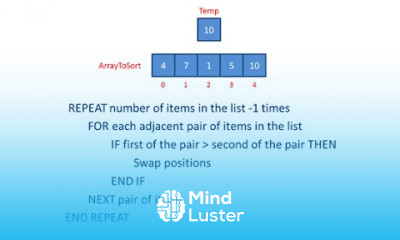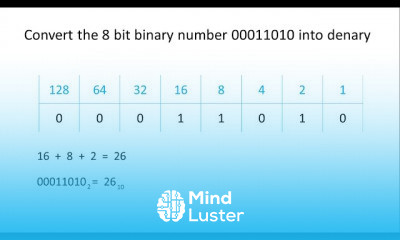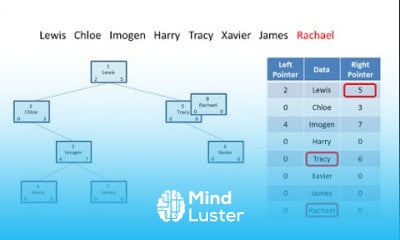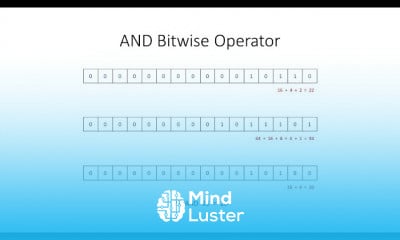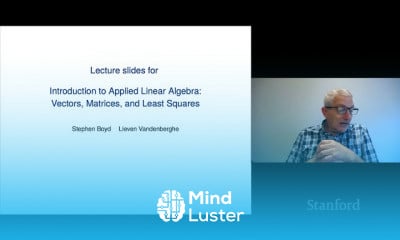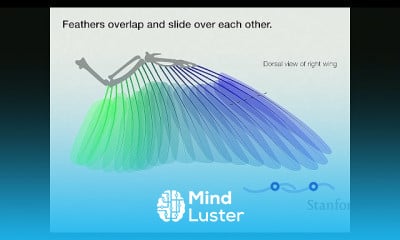Bitwise Operators 1 The AND Operation
Share your inquiries now with community members Click Here
Sign up Now
Lessons List | 4 Lesson
Comments
Related Courses in Computer Science
Course Description
What is Bitwise operator?
Bitwise operators are used to change individual bits in an operand. A single byte of computer memory-when viewed as 8 bits-can signify the true/false status of 8 flags because each bit can be used as a boolean variable that can hold one of two values: true or false. Are Bitwise Operators faster?
Bitwise operations are incredibly simple and thus usually faster than arithmetic operations. For example to get the green portion of an rgb value, the arithmetic approach is (rgb / 256) % 256 . With bitwise operations you would do something as (rgb >> 8) & 0xFF.Why do we need Bitwise Operators?
Bitwise operators are a great way to make very efficient use of space when representing data. ... Typically, integers are 32 bits, so this would mean sending back 64 bits of data. However, we can make this much more space-efficient by using bitwise operators. Why use Bitwise operators in C?
BITWISE OPERATORS are used for manipulating data at the bit level, also called bit level programming. Bitwise operates on one or more bit patterns or binary numerals at the level of their individual bits. They are used in numerical computations to make the calculationWhat is Bitwise exclusive or?
The bitwise exclusive OR operator ( ^ ) compares each bit of its first operand to the corresponding bit of its second operand. If the bit in one of the operands is 0 and the bit in the other operand is 1, the corresponding result bit is set to 1. Otherwise, the corresponding result bit is set to 0
Trends
MS Excel
Excel Course Basic to Advanced
Excel for data analytics and data visualization
Learning English Speaking
English Language
Python programming language
SEO Google Digital Marketing
Magento Formation Français
Photoshop text masking effect methods
Digital Marketing Hacks for Business Growth
AUTOMATA THEORY
Graphs In python for beginners
English Grammar basics to Advanced
Digital Marketing tools for beginners
Digital Marketing
French
Adobe Illustrator Design Tips Essentials
Cyber Security for Beginners | Edureka
Applications benefits of oop in ++C
Mobile Apps from Scratch
Recent
TensorFlow fundamentals
Graphs In python for beginners
Figma UI design for beginners
Python web scraping fundamentals
Human Capital management strategies
MVC architecture fundamentals
AWS terraform techniques
Communication Skills importance
Microprocessor programming for beginners
Excel for data analytics and data visualization
Digital Marketing tools for beginners
Software Engineer Job fundamentals
Digital Marketing Job roles
Big Data Analytics skills for beginners
Business analysis techniques
Linux Operating system administration for beginners
Java Virtual machine security essentials
Google Cloud platform security essentials
Digital Marketing skills for beginners
Linux System Administration for beginners








